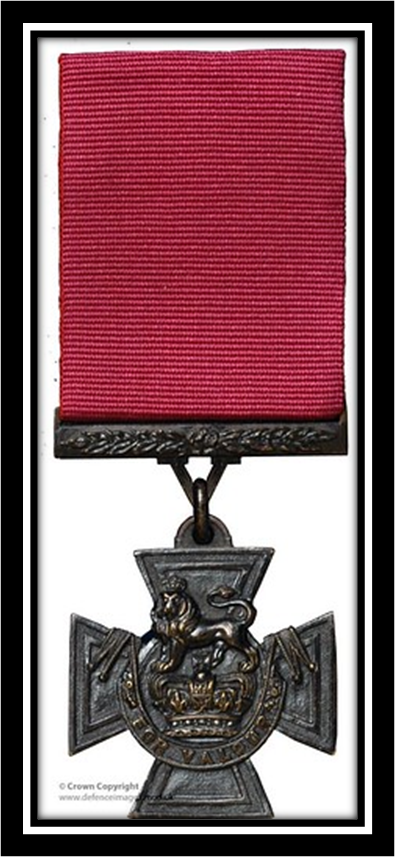

TEN SIGNIFICANT FACTS WHY AN AWARD OF THE VICTORIA CROSS SHOULD BE GRANTED TO PRIVATE WILLIAM TONGS DCM POSTHUMOUSLY.
We need your consent to load the translations
We use a third-party service to translate the website content that may collect data about your activity. Please review the details in the privacy policy and accept the service to view the translations.
